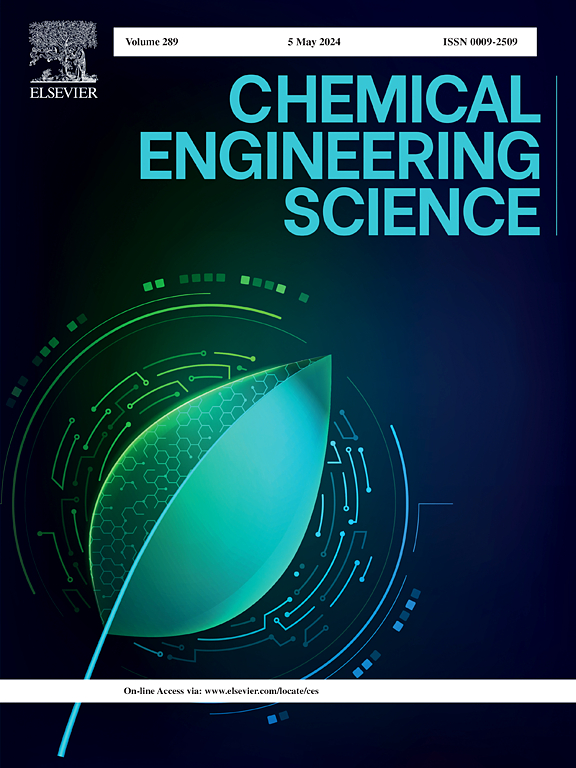基于分段模型的浮选过程泡沫粒度精确测定方法
IF 4.1
2区 工程技术
Q2 ENGINEERING, CHEMICAL
引用次数: 0
摘要
浮选过程的自动控制依赖于泡沫图像的指示性信息,如纹理、流速、形状和气泡大小分布。传统的图像分割方法在处理矿物颜色、分辨率和对比度的变化时往往会产生误差,并且缺乏鲁棒性。深度学习方法虽然有效,但需要大量标记数据和高昂的训练成本。介绍了一种利用分段任意模型(SAM)视觉基础模型进行浮选泡沫图像分析的高精度泡沫图像分割算法。通过对三种不同的矿物图像数据集进行人工分割的评估,该方法在不需要对SAM进行训练或微调的情况下,显示出超过90%的分割准确率,显著减少了对劳动密集型数据集标记的需求,降低了应用成本。该方法为采矿业泡沫图像分割提供了一种高效、经济的解决方案,提高了自动化程度和流程优化程度。本文章由计算机程序翻译,如有差异,请以英文原文为准。
Segment anything model-based method for precise froth size determination in flotation process
Automated control of the flotation process relies on indicative information from froth images, such as texture, flow rate, shape, and froth size distribution. Conventional image segmentation methods often produce errors and lack robustness when handling variations in mineral color, resolution, and contrast. Deep learning approaches, while effective, demand extensive labeled data and high training costs. This paper introduces a high-precision froth image segmentation algorithm utilizing the Segment Anything Model (SAM) visual foundation model for flotation froth image analysis. Evaluated on three diverse mineral image datasets against manual segmentation, the method demonstrates over 90 % segmentation accuracy without requiring training or fine-tuning of the SAM, significantly reducing the need for labor-intensive dataset labeling and lowering application costs. The proposed approach offers a more efficient and cost-effective solution for froth image segmentation in the mining industry, enhancing automation and process optimization.
求助全文
通过发布文献求助,成功后即可免费获取论文全文。
去求助
来源期刊

Chemical Engineering Science
工程技术-工程:化工
CiteScore
7.50
自引率
8.50%
发文量
1025
审稿时长
50 days
期刊介绍:
Chemical engineering enables the transformation of natural resources and energy into useful products for society. It draws on and applies natural sciences, mathematics and economics, and has developed fundamental engineering science that underpins the discipline.
Chemical Engineering Science (CES) has been publishing papers on the fundamentals of chemical engineering since 1951. CES is the platform where the most significant advances in the discipline have ever since been published. Chemical Engineering Science has accompanied and sustained chemical engineering through its development into the vibrant and broad scientific discipline it is today.
 求助内容:
求助内容: 应助结果提醒方式:
应助结果提醒方式:


